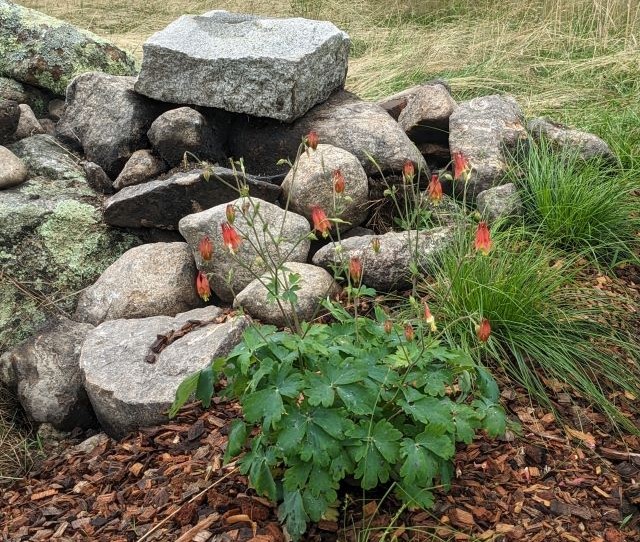As part of her work this summer, intern Nellie Harvey designed and built a rain garden. Below, she writes about her experience.
Since the increase of extreme weather events, rain gardens have become more crucial than ever. They are useful for managing storm water, controlling soil erosion, filtering water. In addition to being functional, they can be beautiful.
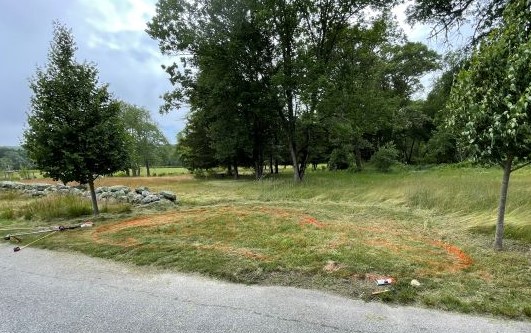
For my intern project I tackled the design and construction of a rain garden. I began with research on common designs and performed observations when rain events occurred.
This garden is strategically located along the driveway towards the back of the property to catch the run off from the shop building’s roof and driveway.
The next steps were to design the planting and to execute the build. I dug a larger well and then planted a variety of native plants that thrive in run-off areas.
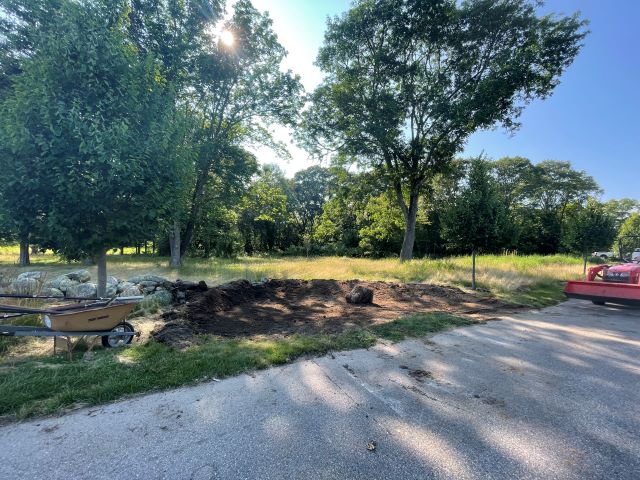
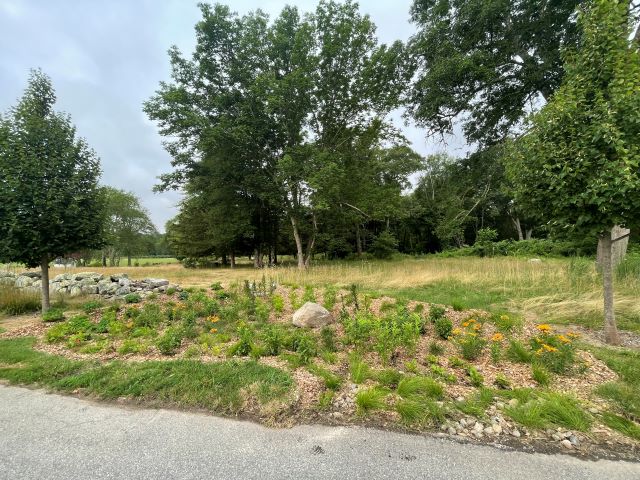
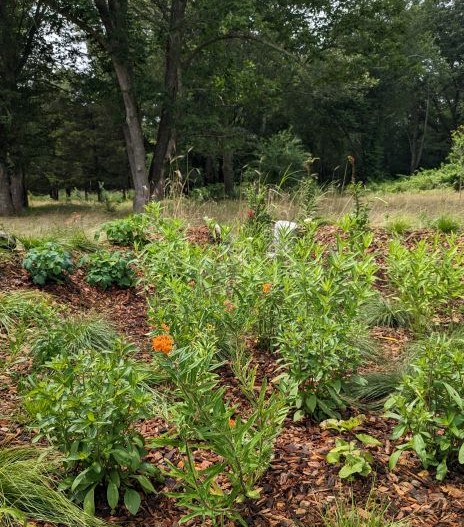
To make this garden even more functional, I also decided to use native plants that can be another food source for pollinators and wildlife–always being careful to chose the most deer resistant plants. See plant list below.
To learn more about rain gardens and my design process, sign up for the Rain Garden Talk at Westport Woods on Thursday August 3 at 5:30.
Plant list:
- Wild Geranium (Geranium maculatum)
- Native Columbine (Aquilegia canadensis)
- Swamp Milk Week ‘Ice Ballet’ (Asclepias incarnata)
- Butterfly Milkweed (Asclepias tuberosa)
- Blue False Indigo (Baptisia australis)
- Joe Pye Weed (Eutrochium purpureum)
- Appalachian Sedge Grass (Carex appalachica)
- Prairie Dropseed (Sporobolus heterolepis)
- Switchgrass (Panicum virgatum)
- Black Eyed Susan (Rudbeckia Fulgida v. Fulgida)
- Red Cardinal Flower (Lobelia Cardinalis)
- Dense Blazing Star (Liatris spicata)
- Golden ragwort (Packara Aurea)
University of New Hampshire Extension Program has published several excellent resources, including an extensive workbook for determining right plant/right place. You can click through to the Native Plants for New England Rain Gardens resource here.
UNH also has a resource page that includes examples and videos, found here.
